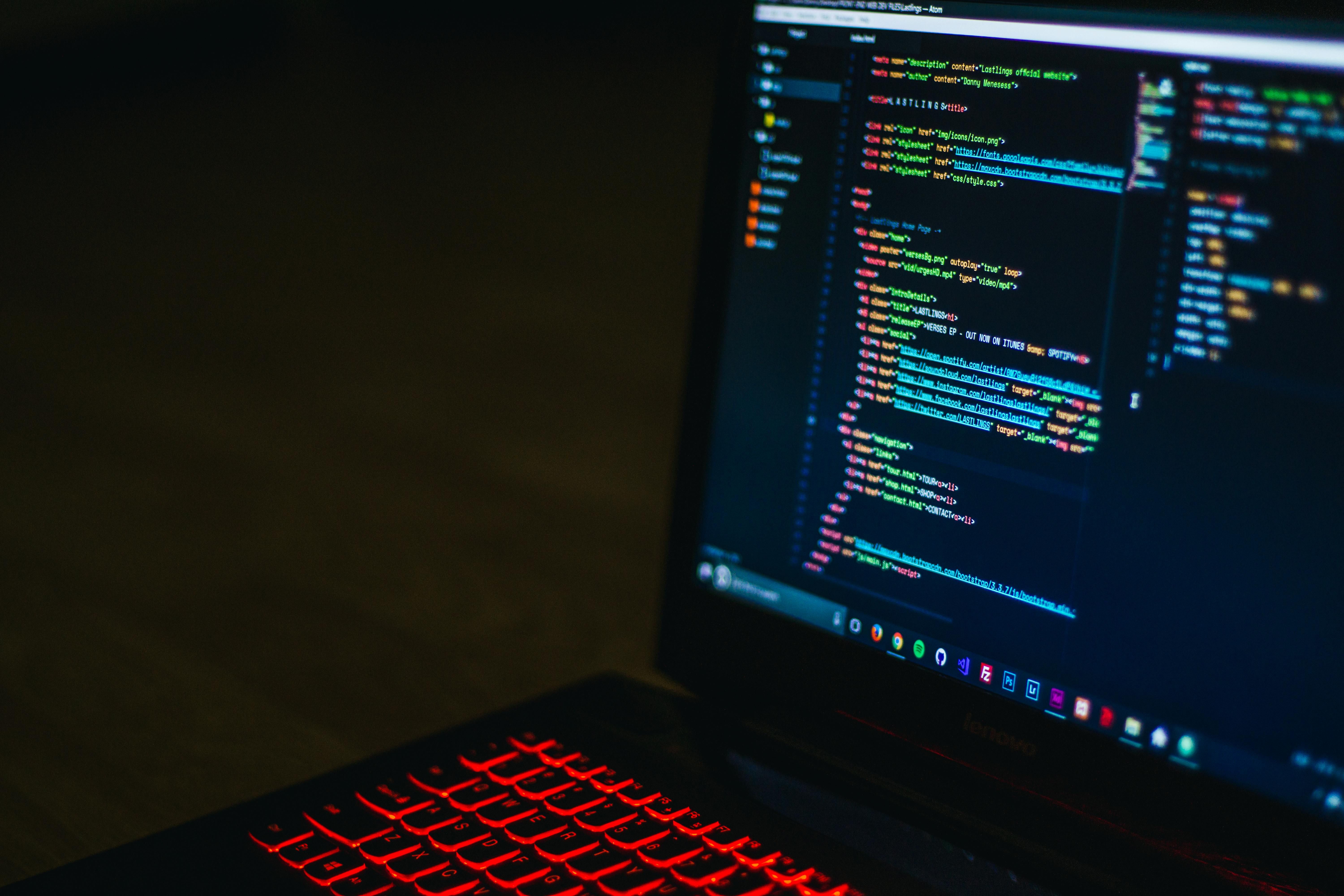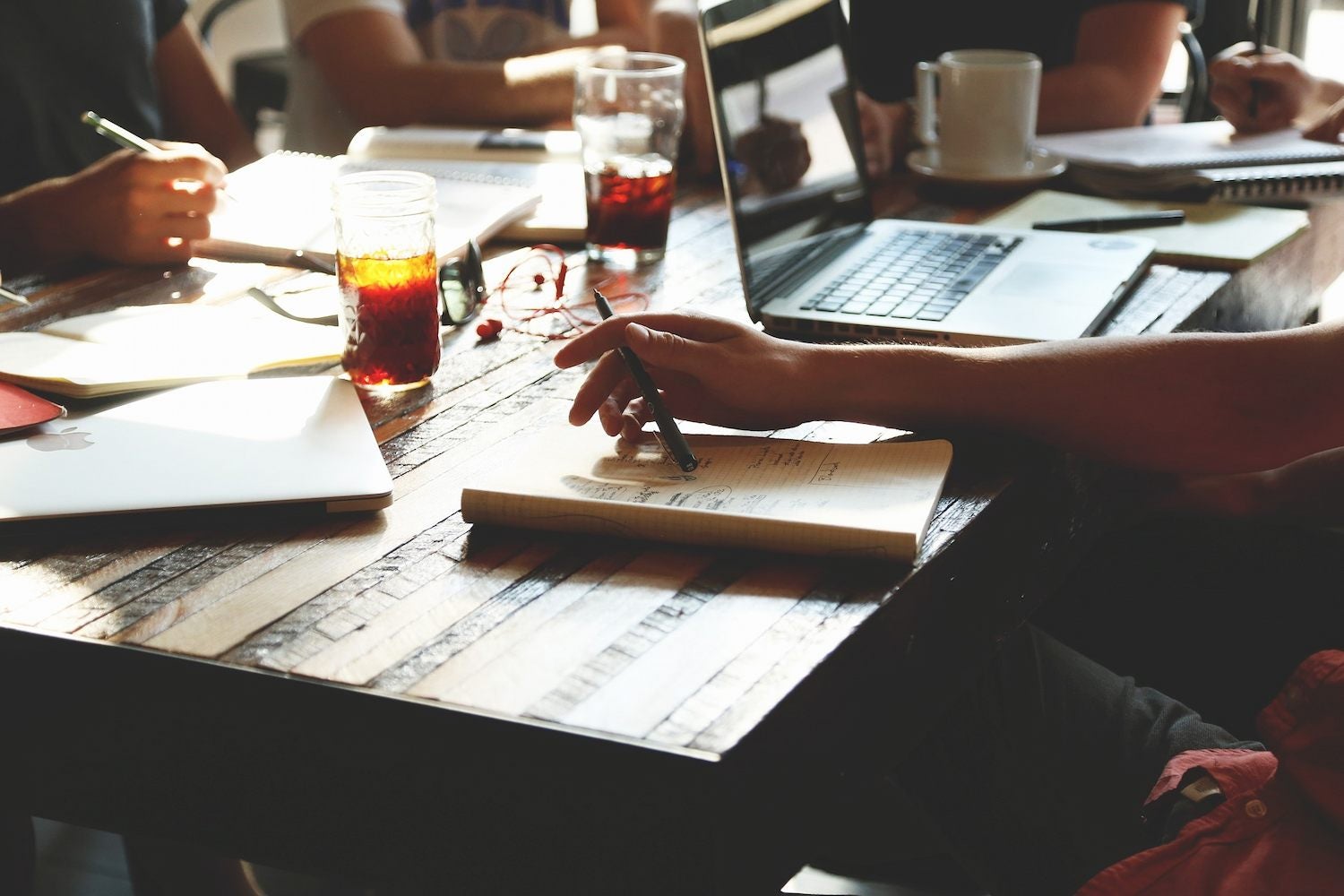Shoes from Abibas, t-shirts from CAP, briefs from Ghlain Klain… There are no limits to counterfeiters’ imagination. Whatever product you can think of, there’s a high chance its knockoffs are already being sold or produced.
Initially having been a subject to various memes, counterfeiting quickly became a serious issue and threat to many businesses. Counterfeiting cost the global economy $323 billion in 2018 alone, and the problem keeps getting worse.
What makes the situation even more hopeless is the fact that products can be counterfeited within hours of appearing online and sometimes even before an official launch. With a lower price and mass production, knockoffs flood the internet and effectively attract people looking for cheaper alternatives to their desired products.
Stealing pictures of the original items, choosing a similarly sounding brand name and copying characteristic branding are only a few of many methods used to lure in consumers. With the counterfeits becoming more and more deceptive, it’s very difficult to stop this practice.
Jordan Brand vs. Qiaodan Sports
One of the most discussed controversies connected with counterfeiting was a legal feud between Michael Jordan and Qiaodan Sports.
Qiaodan Sports shoes shared a striking resemblance to Jordan’s Airness’ brand. They not only copied the design and characteristic features but went as far as to imitate Jordan’s iconic “Jumpman” logo.
Moreover, “Qiaodan” is a Chinese rendering of Jordan’s name, widely recognizable in China. Using Jordan’s popularity and cult status, Qiaodan Sports wanted to lure in consumers. They offered way lower prices and permanent availability.
Triggered by Qiaodan Sports blatant counterfeiting, Jordan Brands took legal actions. Finally, after an eight-year-long court battle, Jordan Brand won the case.
However, it’s just a drop in the bucket; a huge company succeeding to win their case. Many companies, especially smaller ones, will never get any recompense for their losses. That’s why it’s important to try to nip the problem in the bud.
How to fight with counterfeiters?
As stated before, fighting counterfeiters is not an easy task. Counterfeits and knockoffs are increasingly difficult to detect. Moreover, the speed of reproduction and its mass scale significantly complicates fighting this problem. However, some actions can be taken to limit this process.
On a large scale, more and more companies try to tackle this problem. Many of them join Alibaba’s anti-counterfeiting alliance (AACA). With 84% of all counterfeit products being produced in Asia, Alibaba needed international support to fight this problem. The alliance uses big data and the latest anti-counterfeiting technology to actively fight against fakes by monitoring the situation, detecting counterfeits, and raising awareness.
However, there’s no need to be a part of an international union to prevent your projects from being stolen and copied. To secure their products, companies should implement monitoring software and AI solutions, helping to detect where counterfeit versions of their products are sold. AI-powered price comparison tools can also come in handy in this process.
For extra security, it’s also advisable to monitor points of promotion beyond normal distribution channels, as counterfeiters use similar promotion techniques to legitimate companies.
Moreover, it can be useful to leverage the blockchain solutions. Typically known for its connection with bitcoin, blockchain can help to spot fake products by creating a more transparent supply chain, showing all the links from raw material suppliers, manufacturing facilities, carriers, distribution centres, points of sale.
Fighting Intellectual Property Threats
Counterfeiting is a huge international problem. Its scale and ubiquitousness make it difficult to detect and track the counterfeiters.
However, with the recent application of technology, this process is becoming significantly less complicated. It no longer resembles looking for a needle in a haystack and can help to successfully fight the counterfeiters.
Dolce and Banana, Bugo Hoss, and Samsing, beware!
Read more stories on tech and business on our blog


